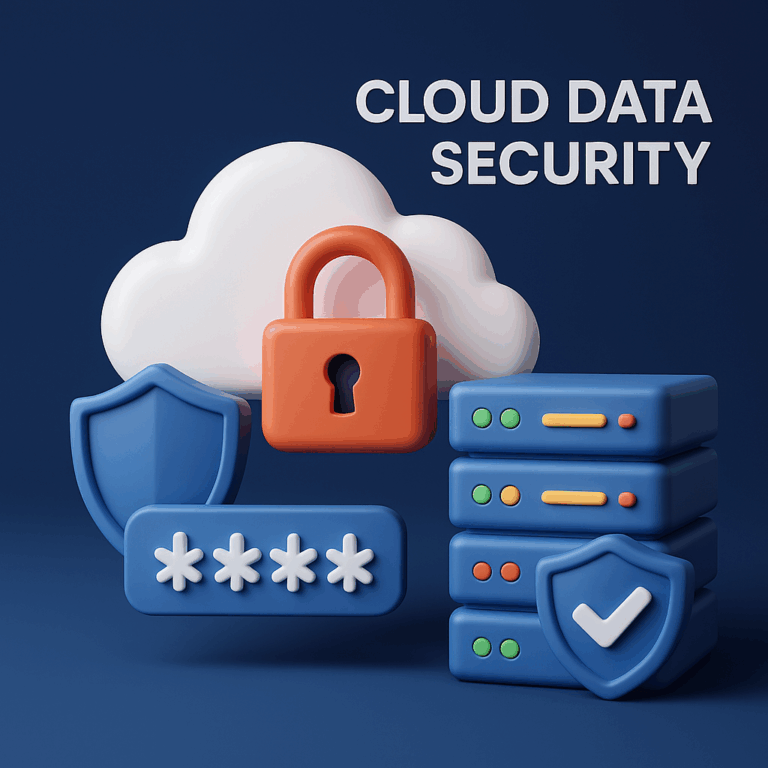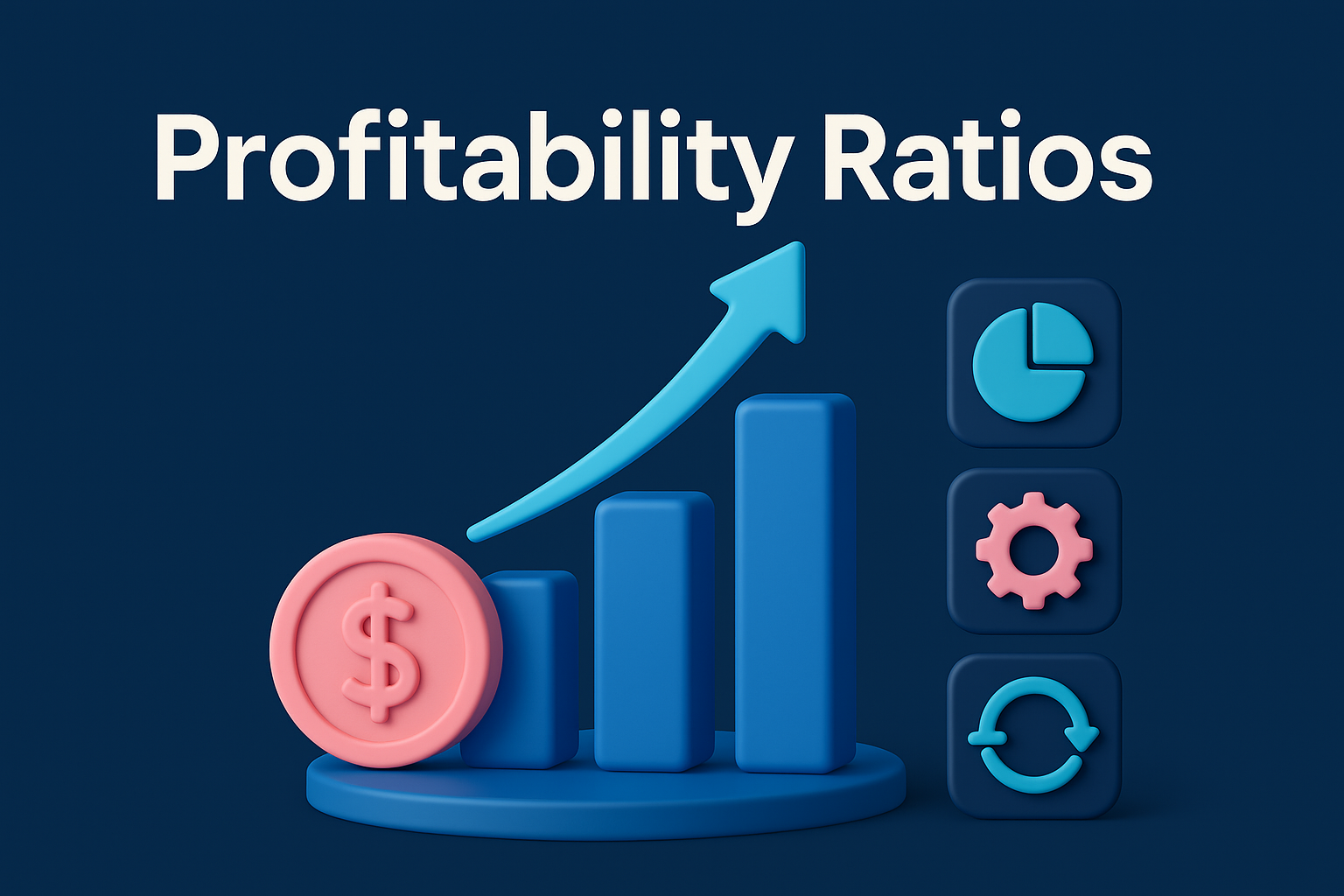Cloud Data Security: The Foundation of Digital Trust
In an era defined by rapid digitization and the widespread adoption of cloud applications, the question is no longer “Will we move to the cloud?” — it is “Are we ready to secure it?”
Cloud data security is no longer a checkbox on a digital transformation project plan. It is the cornerstone of trust between organizations and customers, between systems and applications, between data and decision-makers. Without a mature security framework, the flexibility and scalability offered by the cloud can become a double-edged sword.
The Cloud Isn’t Always Safe… If Managed Incorrectly
Cloud computing opens new horizons in terms of efficiency and scalability. It empowers organizations to:
Instantly access computing resources.
Store vast amounts of data.
Enable remote work without physical limitations.
However, this dynamic distribution of systems and data also introduces new, non-traditional threats. Some of the most dangerous ones originate from within the organization — through human error, misconfigured settings, or poor understanding of the shared responsibility model between providers and customers.
Key Security Risks in Cloud Environments
Misconfigurations
Like leaving cloud storage buckets public or enabling insecure data transfer protocols.Weak Identity and Access Management (IAM)
Users are granted more access than they need.Insider Threats
A user with elevated access can cause more damage than an external hacker.Insufficient or Improper Encryption
Data is sometimes stored unencrypted or protected by weak algorithms.Lack of Visibility and Control
Especially in multi-cloud or geographically distributed environments.
Core Principles for Modern Cloud Security
Protecting data in the cloud requires more than firewalls and antivirus tools. A new model of cloud-native security must be based on:
1. Zero Trust Model
Zero Trust assumes no implicit trust in any user or system — inside or outside the network. Every access request must be verified at multiple levels:
Multi-Factor Authentication (MFA)
User behavior analysis
Device health
Session scope and privileges
2. End-to-End Encryption
Data must be encrypted during:
Transmission over networks
Storage in databases and file systems
Processing, using Confidential Computing techniques when possible
3. Attack Surface Reduction
By:
Disabling unused ports and protocols
Limiting the number of privileged users
Segregating duties and environments
4. Centralized Monitoring & Behavior Analytics
All systems should feed logs and events into a central system that enables:
Real-time alerting
Threat detection via anomaly recognition
Automated incident response (SOAR platforms)
Security as a Competitive Advantage — Not a Cost
Some view cloud security as a financial burden or a workflow delay. The reality is quite the opposite. Strong security provides:
Customer Trust
Organizations that demonstrate commitment to data protection gain long-term loyalty.Regulatory Compliance
With laws like GDPR (EU), HIPAA (USA), or regional data protection laws in Saudi Arabia and Jordan.Lower Incident Response Costs
Prevention is always cheaper than recovery from a breach.Simplified Auditing
When security is embedded by design, audits and certifications become easier to obtain.
Practical Steps to Build a Secure Cloud Environment
| Step | What to Do |
|---|---|
| 1 | Assess your current posture: Identify where your data resides, who owns it, and who has access. |
| 2 | Understand the shared responsibility model: Know what you’re responsible for and what the cloud provider covers. |
| 3 | Prioritize identity-first security: Implement advanced IAM, enforce MFA, and apply least-privilege access. |
| 4 | Deploy modern security tools: Use CASB, DLP, EDR, and SIEM platforms. |
| 5 | Educate your teams: Human error remains the biggest vulnerability — training is key. |
Multi-Cloud Environments Require Multi-Layered Security
Most organizations today operate in multi-cloud environments — using services from AWS, Azure, Google Cloud, or private clouds. While this improves resilience, it also increases complexity.
To address this:
Align security policies across platforms
Use centralized visibility tools (e.g., Prisma Cloud, Microsoft Defender for Cloud)
Ensure consistent updates and compliance audits across providers
Evolving Toward Security-as-a-Service
Security is no longer a one-time investment or static product — it has evolved into a flexible, scalable service:
WAF as a Service
DDoS Protection as a Service
Threat Intelligence as a Service
This model allows organizations to reduce capital expenditures and rely on real-time expertise, while focusing on their core business.
Strategic Questions Every Organization Must Ask
Do we know exactly where our sensitive cloud data resides?
Can we detect a breach in minutes — or does it take weeks?
Do we have an incident response plan tailored for cloud breaches?
Are our employees trained on security policies and cloud risks?
Do we regularly perform penetration testing and compliance audits?
Building a Security Culture from the Top Down
Success in cloud security doesn’t rely solely on cybersecurity teams. It requires:
Direct support from executive leadership
Embedding security policies into every phase of development
A shift in perspective: from viewing security as a blocker to treating it as a business enabler
The more your organization embeds privacy and security into its culture, the more resilient and innovative it will become.
Conclusion
In a digital world shaped by AI, automation, and cloud-native infrastructure, data security is not optional.
The future will not favor those who simply innovate faster — it will reward those who secure innovation.
Organizations that adopt a proactive, strategic approach to cloud data security will not only safeguard their digital assets — they will build a long-term competitive advantage in the age of trust.





